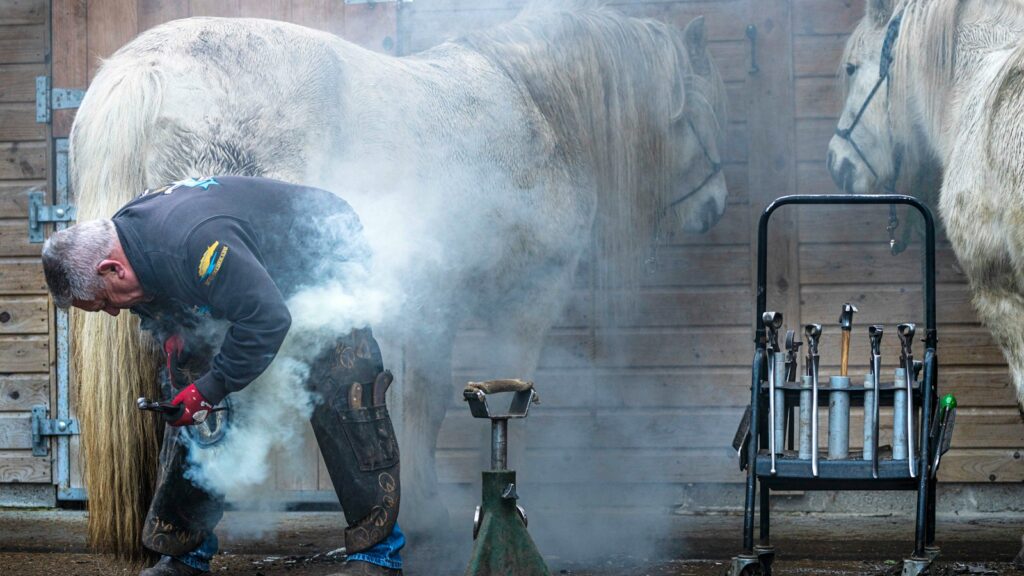Hoof care is a cornerstone of equine health that dates back to ancient civilizations, who recognized that a horse’s mobility—and thus its survival—depends entirely on healthy hooves. The saying “no hoof, no horse” encapsulates this fundamental truth that has guided equine caretakers for centuries. Modern hoof trimming has evolved into a sophisticated practice that combines traditional knowledge with scientific understanding of equine biomechanics. In this article, we’ll explore the five most critical hoof trimming techniques used by farriers and equine podiatrists today, examining how these approaches help maintain optimal hoof health and prevent the numerous conditions that can arise from improper hoof care.
The Balanced Trim Technique
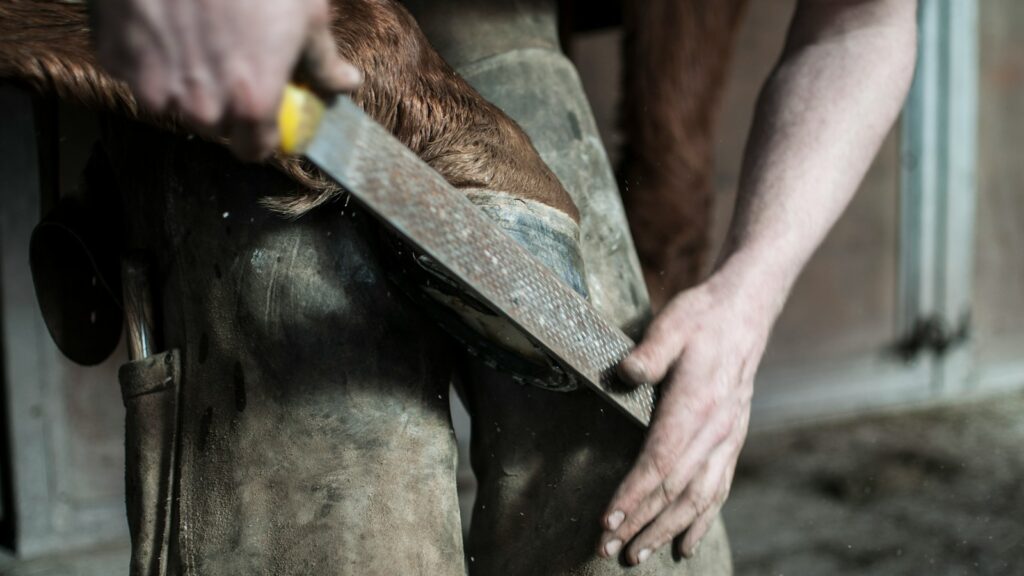
The balanced trim stands as the cornerstone of all hoof care approaches, focusing on achieving proper weight distribution across the entire hoof. This technique aims to align the hoof capsule with the internal structures and the horse’s limb above, creating a natural balance that minimizes stress on tendons, ligaments, and joints. When performing a balanced trim, the farrier evaluates the horse’s conformation, movement patterns, and the unique characteristics of each hoof to determine the ideal proportions. The balanced approach isn’t about creating identical hooves but rather optimizing each foot according to the horse’s individual biomechanics and needs. Research has consistently demonstrated that horses with properly balanced hooves experience fewer lameness issues and develop stronger internal hoof structures over time.
The Four-Point Trimming Method

The four-point trimming method represents a specialized approach that focuses on relieving pressure at specific points of the hoof wall to encourage even loading and expansion. This technique strategically removes small amounts of hoof wall at the quarters and toe, creating four points of primary ground contact that promote optimal breakover and heel function. By implementing this method, farriers can effectively address horses with contracted heels, underrun heels, or toe-first landing patterns that contribute to navicular syndrome and other pathologies. The four-point trim allows the hoof capsule to function more dynamically, encouraging proper blood flow and natural expansion with each step. Many performance horses benefit from this technique as it can enhance their comfort during athletic activities while simultaneously addressing subtle biomechanical imbalances that might otherwise lead to compensation injuries.
Physiological Trimming Principles

Physiological trimming has gained significant popularity as understanding of internal hoof structures has improved through advanced imaging techniques. This approach prioritizes working with the horse’s natural hoof mechanisms rather than imposing external ideals of what a hoof should look like. Farriers practicing physiological trimming pay special attention to the relationship between the coffin bone (P3) and the hoof capsule, ensuring that the sole depth remains adequate for protection while allowing proper proprioception. The technique often involves mapping the internal structures to guide external trimming decisions, preserving the callused sole and only removing exfoliating material. Physiological trimmers typically focus on creating an appropriate breakover point that aligns with the tip of the coffin bone, allowing the horse to move with minimal stress on the deep digital flexor tendon and its attachment points.
The Mustang Roll Technique

Inspired by the naturally worn hooves of wild horses, the mustang roll technique has revolutionized how many farriers approach the toe region of domestic horses. This method involves creating a rolled edge around the perimeter of the hoof wall, mimicking the wear pattern seen in feral horses who travel many miles daily over abrasive terrain. The mustang roll significantly improves breakover—the moment when the heel lifts and the toe leaves the ground—reducing stress on the deep digital flexor tendon and coffin joint. By implementing this technique, farriers can prevent excess leverage on the toe that often leads to flared hoof walls, stretched white lines, and even coffin bone rotation in severe cases. The mustang roll has proven particularly valuable for rehabilitating horses with chronic laminitis, as it reduces the mechanical forces that exacerbate the condition and facilitates a more comfortable gait pattern.
Therapeutic Trimming for Rehabilitation
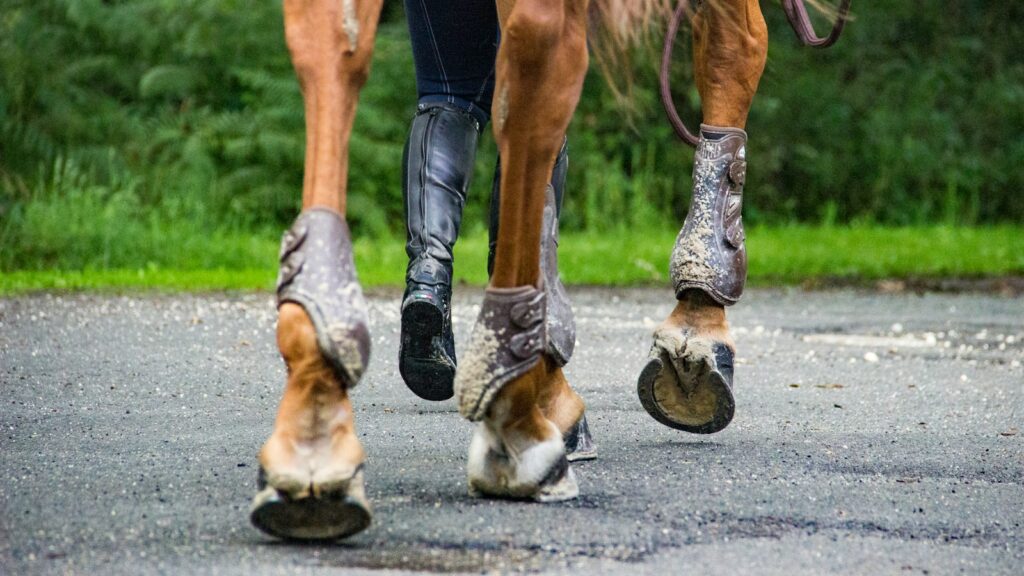
Therapeutic trimming represents the most specialized approach, customized for horses recovering from serious hoof pathologies like laminitis, navicular syndrome, or severe imbalances. This technique often incorporates elements from other trimming methods but modifies them according to the specific condition being addressed and the individual horse’s response. Farriers performing therapeutic trims work closely with veterinarians, utilizing radiographs and other diagnostic tools to guide their approach with precise measurements and angles. Therapeutic trimming frequently requires a progressive approach with shorter intervals between trims, gradually guiding the hoof toward better function rather than making dramatic changes that could stress damaged tissues. For horses with chronic conditions, this method often becomes a lifelong management strategy rather than a temporary fix, with each trim building upon previous improvements to maximize comfort and functionality.
Tools and Equipment for Proper Hoof Trimming
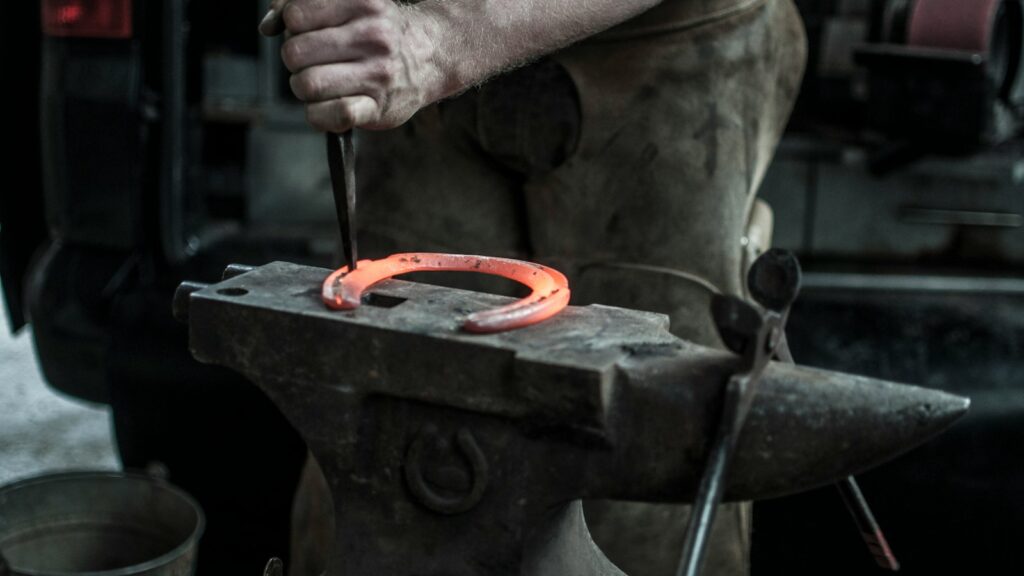
The quality and condition of trimming tools significantly impact the precision and effectiveness of any hoof care technique. Professional farriers typically invest in high-carbon steel nippers, razor-sharp hoof knives with different blade shapes for various aspects of the trim, and sturdy rasps with different levels of coarseness. Digital calipers and hoof gauges have become increasingly common for measuring sole thickness and wall height, especially when working with compromised hooves where precision is paramount. Modern technology has also introduced specialized tools like hoof mapping templates that help visualize the relationship between external hoof structures and the internal coffin bone. Every experienced hoof care professional develops preferences for specific tools that complement their hand strength, trimming style, and the types of horses they typically service.
Frequency and Timing Considerations

The interval between trims represents a critical factor that influences the effectiveness of any trimming technique. Most domestic horses require trimming every 4-8 weeks, though this varies based on individual growth rates, environmental conditions, exercise regimen, and any pathological conditions present. Horses kept in soft, moist environments typically grow hoof faster and may develop flares more quickly than those on firmer, more abrasive ground. The seasonality of hoof growth also affects trimming schedules, with most horses experiencing faster growth during spring and summer months when metabolism increases naturally. Careful observation of how a horse’s hooves wear and grow between appointments allows for customization of the schedule, with some performance horses benefiting from more frequent “touch-up” trims to maintain optimal biomechanics during competition seasons.
Environmental Influences on Hoof Trimming
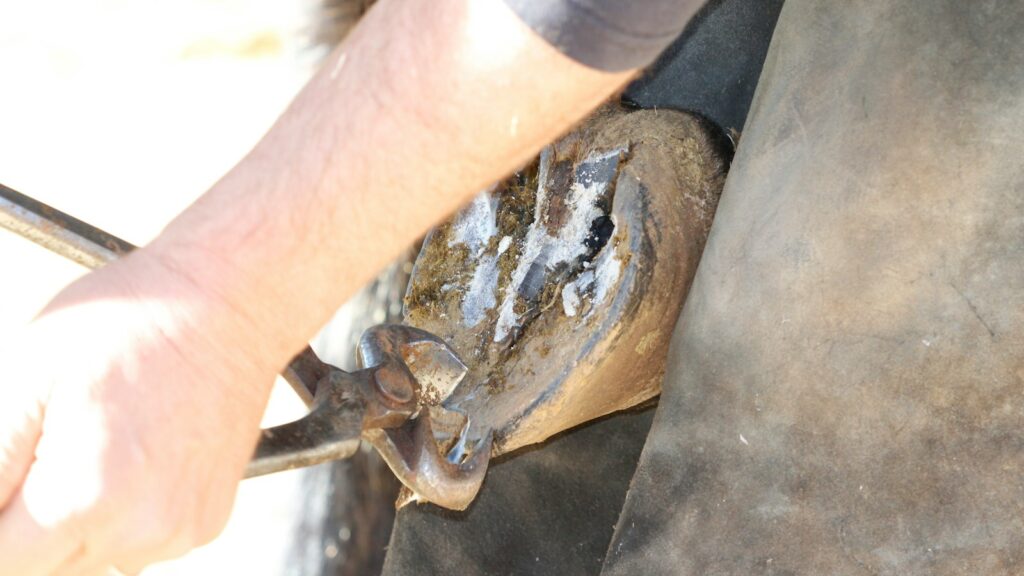
Environmental conditions dramatically influence both hoof quality and appropriate trimming techniques. Horses living in wet environments often develop softer hooves that wear more quickly and may be more prone to bacterial and fungal infections that compromise hoof integrity. In these situations, trimmers must be particularly careful to maintain adequate sole thickness while addressing any thrush or white line disease that may be present. Conversely, horses in arid environments frequently develop harder, more contracted hooves that resist expansion and may crack from excessive dryness. Regional variations in soil composition, particularly mineral content, can affect hoof quality and may require adjustments to trimming approaches or supplementation strategies. Understanding these environmental factors allows farriers to anticipate potential issues and adjust trimming techniques proactively rather than reactively.
Dietary Connections to Hoof Quality
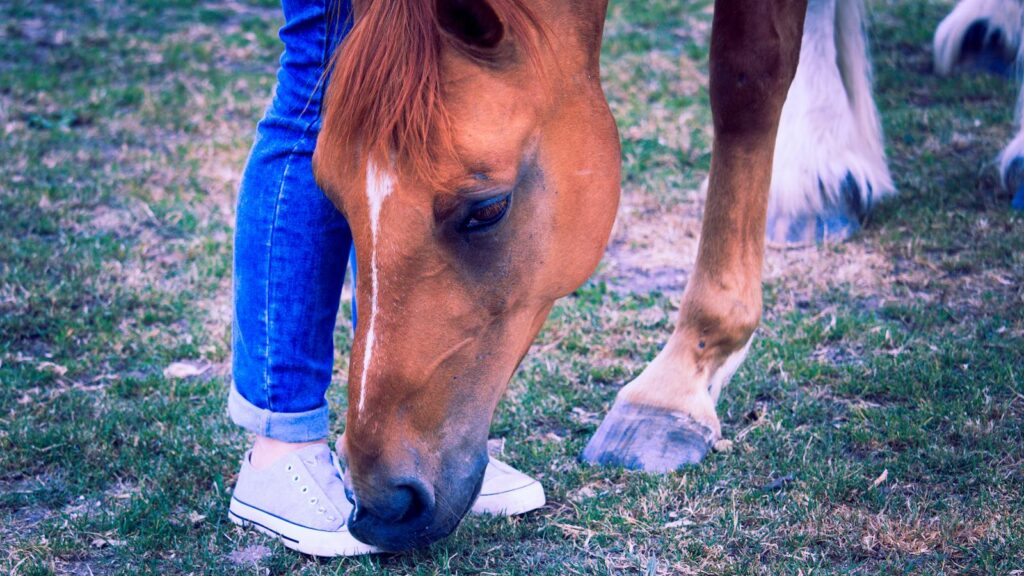
Nutrition plays a profound role in hoof quality and directly impacts the effectiveness of trimming techniques. The hoof wall grows from the coronary band, requiring adequate protein, minerals (particularly copper, zinc, and selenium), biotin, and essential fatty acids to produce resilient horn material. Deficiencies in these nutrients can result in weak, shelly hooves that chip easily and cannot maintain proper form between trimming sessions. Metabolic conditions like insulin resistance can significantly impact hoof health, often manifesting as abnormal growth patterns or recurring laminitic episodes that require specialized trimming approaches. The most skilled farriers recognize nutritional influences on hoof quality and may work with equine nutritionists to address underlying dietary factors that impede their trimming efforts. This holistic approach recognizes that even perfect trimming technique cannot overcome fundamental nutritional deficiencies affecting horn quality.
Barefoot Versus Shod Considerations
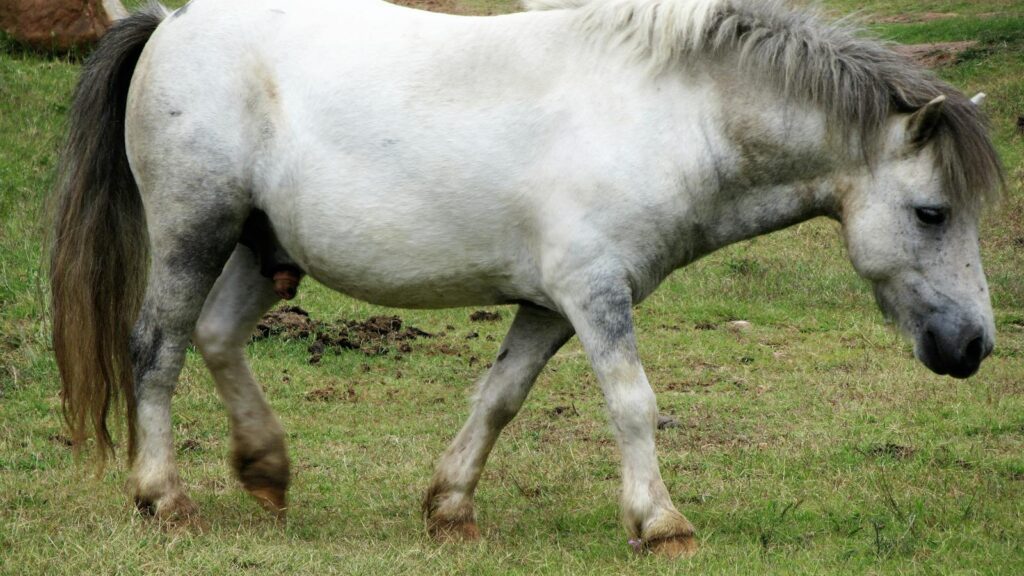
The decision between maintaining a horse barefoot or applying shoes dramatically influences trimming methodology. Barefoot trims typically focus on creating a self-maintaining hoof that can function optimally without external support, often incorporating more aggressive rolling techniques to prevent chipping and encourage natural wear patterns. Horses destined for shoeing require different preparation, with flat, level bearing surfaces that will provide stable support for the shoe while ensuring proper alignment with internal structures. The transition from shod to barefoot status demands particularly careful trimming strategies that account for the hoof’s adaptation period, gradually building internal strength and natural callusing. Conversely, preparing previously barefoot horses for shoeing requires consideration of how the hoof has been functioning independently and how the addition of shoes will alter those mechanics.
Performance-Specific Trimming Approaches
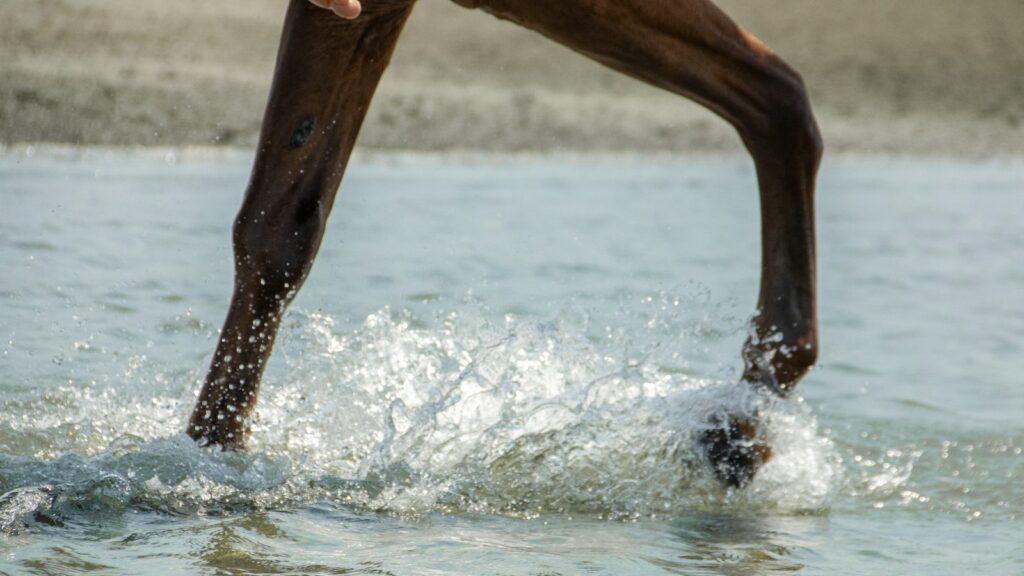
Different equestrian disciplines place unique demands on horses’ hooves, necessitating specialized trimming considerations. Dressage horses benefit from trims that facilitate clean, precise movements and balanced weight distribution that enhances collection and extension. Jumping horses require particular attention to breakover point and heel support to optimize takeoff and landing mechanics while minimizing concussive forces. Western performance horses, particularly those engaged in cutting or reining, need trims that support quick directional changes and sliding stops without excessive stress on the navicular region. Endurance horses present special considerations, as their hooves must withstand tremendous mileage over varying terrain while maintaining efficient movement to conserve energy. Experienced farriers develop expertise in discipline-specific requirements, often specializing in particular performance areas to better serve their clients’ horses.
Technological Advancements in Hoof Evaluation
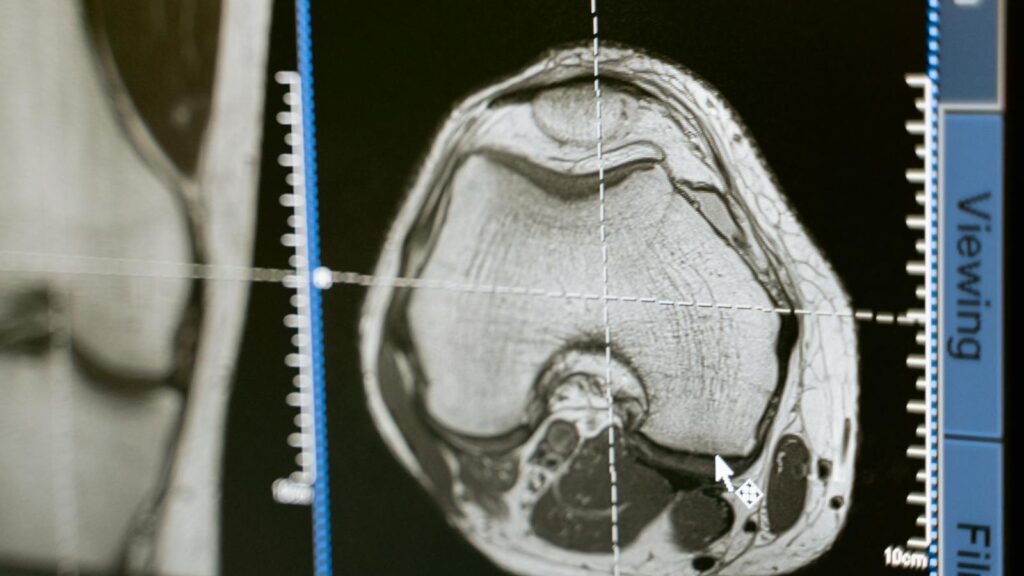
Modern technology has revolutionized hoof trimming by providing unprecedented insights into internal structures and biomechanical function. Digital radiography allows precise measurement of coffin bone position and orientation, guiding trimming decisions with millimeter accuracy in rehabilitative cases. Pressure plate analysis reveals weight distribution patterns across the entire hoof, identifying subtle imbalances invisible to the naked eye. High-speed videography enables frame-by-frame analysis of the landing sequence and breakover timing, informing adjustments to optimize movement efficiency. Three-dimensional modeling technologies now allow farriers to visualize the relationship between internal and external structures, particularly valuable when addressing complex pathologies or performance issues. These technological tools don’t replace skilled hands and experienced eyes but rather enhance them by providing objective data to complement subjective assessments.
Continuing Education and Evolution in Trimming Practices
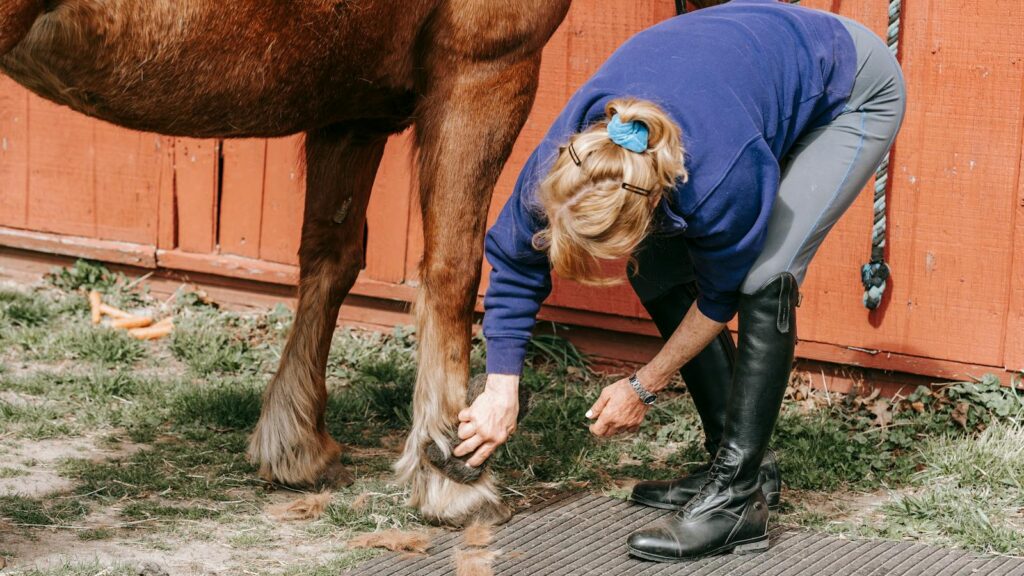
The field of equine hoof care continues to evolve rapidly as new research emerges and traditional practices undergo scientific scrutiny. Professional farriers now have access to extensive continuing education opportunities, from anatomy labs using cadaver specimens to biomechanics workshops with force plate technology. Certification programs have raised the standard of care by establishing knowledge benchmarks and practical skill assessments that ensure minimum competency levels. The rise of evidence-based hoof care has challenged many long-held beliefs while validating others through rigorous study, leading to more effective and consistent outcomes. This evolution benefits horses tremendously, as modern trimming techniques increasingly align with their natural biomechanics rather than imposed ideals or outdated traditions that may have developed for human convenience rather than equine welfare.
Conclusion

Proper hoof trimming stands as one of the most fundamental aspects of equine health and performance management. The five techniques examined—balanced trimming, four-point method, physiological principles, mustang roll, and therapeutic approaches—each offer valuable benefits when applied appropriately to individual horses. While these methods differ in their specific execution, they share common goals: supporting natural hoof function, preventing pathologies, and enhancing the horse’s comfort and performance longevity. As our understanding of equine biomechanics continues to advance through research and technology, trimming techniques will undoubtedly continue to evolve. However, the essential partnership between knowledgeable hoof care professionals and attentive horse owners remains the foundation for maintaining those critical structures upon which every aspect of the horse’s well-being depends.

